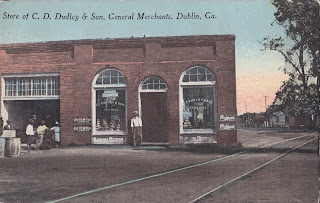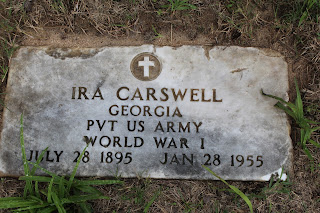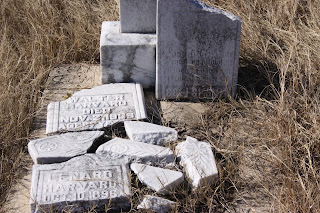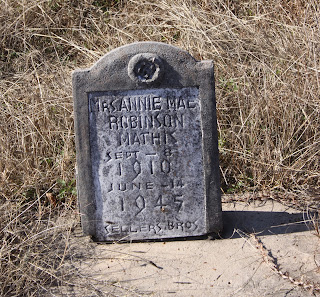Rose Nubin was born in 1915 to two poor cotton pickers. When she died at the age of 58, Rose was considered to be at the top of her field. This is the story of a little girl from the little cotton growing community of Cotton Plant, Arkansas who became one of the most famous artists of her kind in America and around the world, and her many trips to Dublin to display her unparalleled ability.
As a very young girl, Rose was influenced by her mother, who loved to praise the Gospel of the Lord. Soon Rose began singing with her mother in local Churches of God In Christ and churches of other denominations around the state and the country. Rose's mother Katie was called to preach, an anomaly allowed by her church in the days of male dominated ministers. At 19, Rose married Thomas, who joined her and her mother as they traveled around the country. In just a few years, Rose left Thomas and moved to New York City, where she recorded a song for the first time in 1938. Her first four songs for Decca Records - "Rock Me," "That's All," "My Man and I," and" "The Lonesome Road" - became popular hits.
When Rose performed on the same stage with jazz great Cab Calloway at the Cotton Club and at Carnegie Hall in the "Spirituals to Swing" concert, she rocketed to stardom. From that point on, Rose was a star, although she continued to play at the largest of venues and the smallest of small town and country churches across the country.
There were thousands of female gospel singers, but few of them played a guitar. And, even fewer strummed a guitar with the passionate, driving rhythms and sang with the intense, soulful lyrics as Rose did. Beginning at the age of four, Rose grew and matured as her style was transformed from Gospel to blues to rock. Her mixture of the three genres is said tohave influenced the rock and rollers of the 1950s; Little Richard, Johnny Cash, Chuck Berry, Elvis Presley, and Jerry Lee Lewis.
Beginning in 1948, Rose and her entourage appeared in regular performances in Dublin - at least eight of them. The first known performance was held in the Laurens County Courthouse on June 30, 1948. Rose and her new friend and musical partner, Marie Knight, whom she had met in 1946, put on two dazzling, foot-stomping shows at 7:30 and 9:30 p.m. for the low price of $1.00 per ticket. Fans of her music could buy her records at Kendrick's Auto Supply at 108 W. Jackson St.. The shows were sponsored by Bishop Roma Dell Fields, pastor and founder of Faith Temple Church of God In Christ on South Washington Street in Dublin. In the years to come, Fields, apparently, a close friend of Rose, was able to convince her to return to Dublin again and again. A dozen years later, one of Rose's imitators, Little Richard Penniman, would stand in the same spot, not singing, but by preaching the blessings of the Lord.
Rose's second known and probably most attended appearance in Dublin came on a Sunday evening, September 5, 1954 in Lovett Park, just a week after the end of baseball season. The event was sponsored by St. Paul A.M.E. Church. The promoters promised that Rose and her all star attraction would blend with one soul as the more you hear her sing, the more you want to hear her sing. A special section of 500 reserved seats were set aside for white music lovers. Marie Knight (left) returned with Rose. They were joined by Professor Jimmy Roots, Rose's piano man and musical director, who was also somewhat of a legend in the music business. The performers gathered at Dudley's Retreat after the concert for a meet and greet.
Rose and her mother returned to this area on October 12, 1955 for a Wednesday evening concert appearance at Mt. Pleasant A.M.E. northwest of Wrightsville.
On Sunday, September 30, 1956, Rose performed for the first time at Faith Temple Church of God in Christ. Earlier that morning, Rose performed live on the airwaves of WMLT during the stations' weekly black Gospel music program.
Six years elapsed before Rose would return to Dublin, this time on February 11, 1963 in St. Paul A.M.E. Church on Rowe Street.
Rose brought Brother Joe May, known as the "Thunderbolt of the Midwest, and one of the greatest male Gospel singers in history," with her when she returned for her second concert at Faith Temple Church, where they played the audience's favorite gospel, jubilee, and spiritual songs. Once again Rose, performed that Sunday morning, October 17, 1965, in the WMLT Studios on North Franklin Street along with Brother Joe.
May and Rose came back the next year on September 25, 1966 with another concert at Faith Temple. A record crowd was once again expected to hear Rose as if they had never heard her sing before.
Rose made her seventh appearance in Dublin and fourth at Faith Temple Church on the Sunday before Thanksgiving on November 24, 1968. Ticket prices remained low and affordable at $1.25 per person.
April 17, 1970 marked Rose's eighth and final appearance in Dublin. Rose had just returned from a grueling tour of Europe and a flying trip from Augusta, Georgia, where she performed on the radio that morning. Immediately after singing in Dublin, Rose returned to Augusta, where she performed for the third time that evening.
Rose suffered a stroke later that year during a tour of Europe. A year later, she lost a leg to amputation. She never returned to Dublin. After a few limited appearances near her home, Rose died of complications of heart disease and diabetes on October 9, 1973.
Rose, also known as Rosie Etta Atkins and Rosetta Nubin, was known throughout America and all over Europe as "Sister Rosetta Tharpe." Rosetta Tharpe made her first national television show on New Year's Day 1950. Her producers at Decca Records urged Rosetta to sing songs to the rapidly growing market of Rhythm and Blues.
In the late 1950s Rosetta toured Europe and endeared thousands of new fans. A European tour in 1964, catapulted Rosetta to the top of the gospel and R&B charts. In 1998, Rosetta was honored with a postage stamp by the Postal Service. In 2007, Rosetta was inducted into the Blue Hall of Fame.
And so it was on those glorious Sundays in Dublin in the middle of the 20th Century, that the Godmother of Rock & Roll and arguably, the greatest female Gospel singer ever, shouted hallelujah! to over flow crowds in the sanctuaries, the county courthouse and the baseball field here in Dublin.
DIDN'T IT RAIN?
THIS TRAIN
THIS LONESOME ROAD
JUST A CLOSER WALK WITH THEE







































































